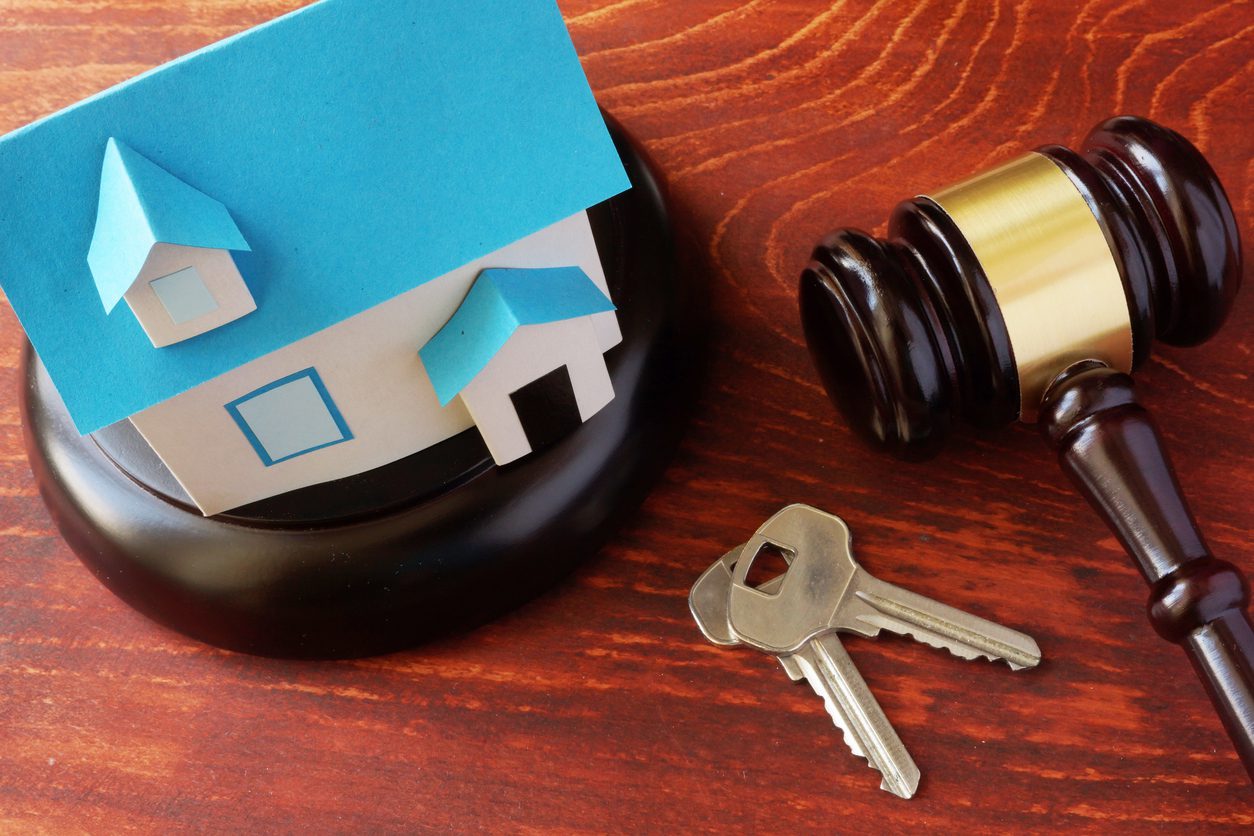European legislation introduced in March 2016 created a new category of Buy to Let lending: Consumer Buy to Let. Its principal aim is to distinguish borrowers who become landlords by accident and therefore require consumer protection, from experienced landlords operating Buy to Let as a business.
Unlike an investment Buy to Let, where the landlord is renting a property for business purposes, a consumer Buy to Let might be an inherited property, or a property that was once lived in, but is now rented following a change in circumstances.
A consumer Buy to Let borrower now has to go through a similar application process and affordability tests as with a residential mortgage, but their Buy to Let mortgage contract would dictate that the property must be rented out and not lived in by the borrower.
Are you an accidental landlord?
The Treasury estimates around 11 per cent of existing Buy to Let mortgages may fall into the Consumer Buy to Let category. If you own and live in your own home, but your circumstances are changing so you need to move out and rent your property, you’ll fall into the Consumer Buy to Let category. For instance:
- you may be getting married or entering into a civil partnership where you’re moving into your partner’s home
- you may have inherited a property and you need an income from it to maintain it
- going travelling – you’re letting out your home while overseas to cover the costs of your mortgage
- going travelling – if you’re letting out your home while you are overseas to cover the costs of your mortgage
- moving elsewhere but not selling – If you’re moving but don’t wish to sell your old home, you could rent it out and transfer your residential mortgage onto a Consumer Buy to Let mortgage
In terms of the lending criteria for this new category of Buy to Let, it’s likely that the biggest lenders will ask some additional questions around affordability as part of the application process, but there won’t be a material change to lending criteria.
If you are planning on renting out a property and you’re unsure as to whether the consumer Buy to Let rules apply to you, please get in touch.
Your property may be repossessed if you do not keep up repayments on your mortgage.

